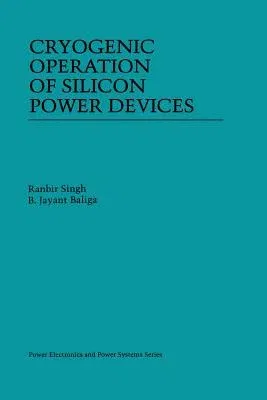Ranbir Singh
(Author)Cryogenic Operation of Silicon Power Devices (Softcover Reprint of the Original 1st 1998)Paperback - Softcover Reprint of the Original 1st 1998, 11 October 2012

Qty
1
Turbo
Ships in 2 - 3 days
In Stock
Free Delivery
Cash on Delivery
15 Days
Free Returns
Secure Checkout
Part of Series
Power Electronics and Power Systems
Print Length
148 pages
Language
English
Publisher
Springer
Date Published
11 Oct 2012
ISBN-10
1461376351
ISBN-13
9781461376354
Description
Product Details
Authors:
Book Edition:
Softcover Reprint of the Original 1st 1998
Book Format:
Paperback
Country of Origin:
NL
Date Published:
11 October 2012
Dimensions:
23.39 x
15.6 x
0.94 cm
ISBN-10:
1461376351
ISBN-13:
9781461376354
Language:
English
Location:
New York, NY
Pages:
148
Publisher:
Weight:
249.48 gm

